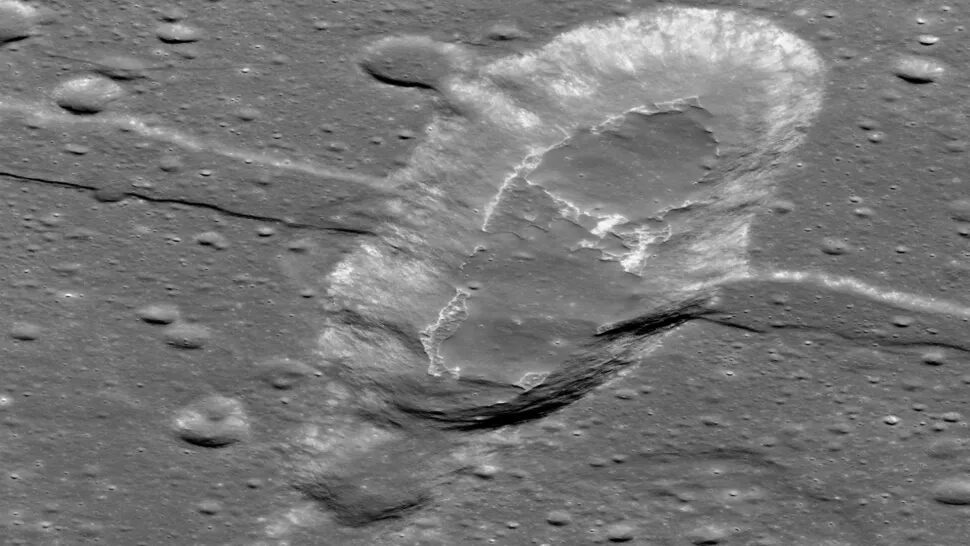
Lunar samples returned by the Apollo and Luna missions are all older than about 3 billion years, but samples returned by Chang'e 5 in late 2020 confirmed remote sensing analysis that rocks in the area were relatively young, at only 2 billion years old.
Scientists previously speculated that either a relatively high water content or the presence of radioactive, heat-producing elements in the lunar interior might have driven volcanism in a late stage of the moon's life in some areas, but new Chang'e-5 data published in Nature appears to have ruled out these hypotheses.
Researchers led by Chen Yi from the Institute of Geology and Geophysics of the Chinese Academy of Sciences (IGGCAS) found that a lower melting point for portions of the lunar mantle could be due to the presence of fusible, easily melted components, leading to young lunar volcanism.
"Recent melting of the lunar mantle can be achieved by either raising the temperature or lowering the melting point. To better understand this problem, we should estimate the temperature and pressure in which the young volcanism was created," Chen said in a statement.
The researchers conducted a series of fractional crystallization and lunar mantle melting simulations to compare 27 samples of Chang'e 5 basalt clasts with Apollo basalts. They found that the young magma collected by Chang'e 5 had higher calcium oxide and titanium dioxide contents than older Apollo magmas. These are calcium-titanium-rich late-stage lunar magma ocean cumulates are more easily melted than early cumulates.
"This is a fascinating result, indicating a significant contribution of late-stage lunar magma ocean cumulates to the Chang'e 5 volcanic formation," said Dr. Su Bin, first author of the study.
The research presents evidence for the first viable mechanism to account for young volcanism on the Moon that is compatible with the newly returned Chang'e 5 samples and could help understanding of the Moon's thermal and magmatic evolution.
The study was published in the journal Science Advances on Friday (Oct. 21).
Andrew Jones is a freelance space journalist with a focus on reporting on China's rapidly growing space sector. He began writing for Space.com in 2019 and writes for SpaceNews, IEEE Spectrum, National Geographic, Sky & Telescope, New Scientist and others. Andrew first caught the space bug when, as a youngster, he saw Voyager images of other worlds in our solar system for the first time. You can follow him on Twitter @AJ_FI



What is weird. We get supposed live images of the sun daily, not real time, but later time and yet no live images of the moon or live images the earth. How many satellites are up there and no one can spend $5G's on a cheap camera to point into space, the earth, the moon or the sun.
It's always what they want to show us not what we want to see. Elephants are like a herd in the room and not one word.